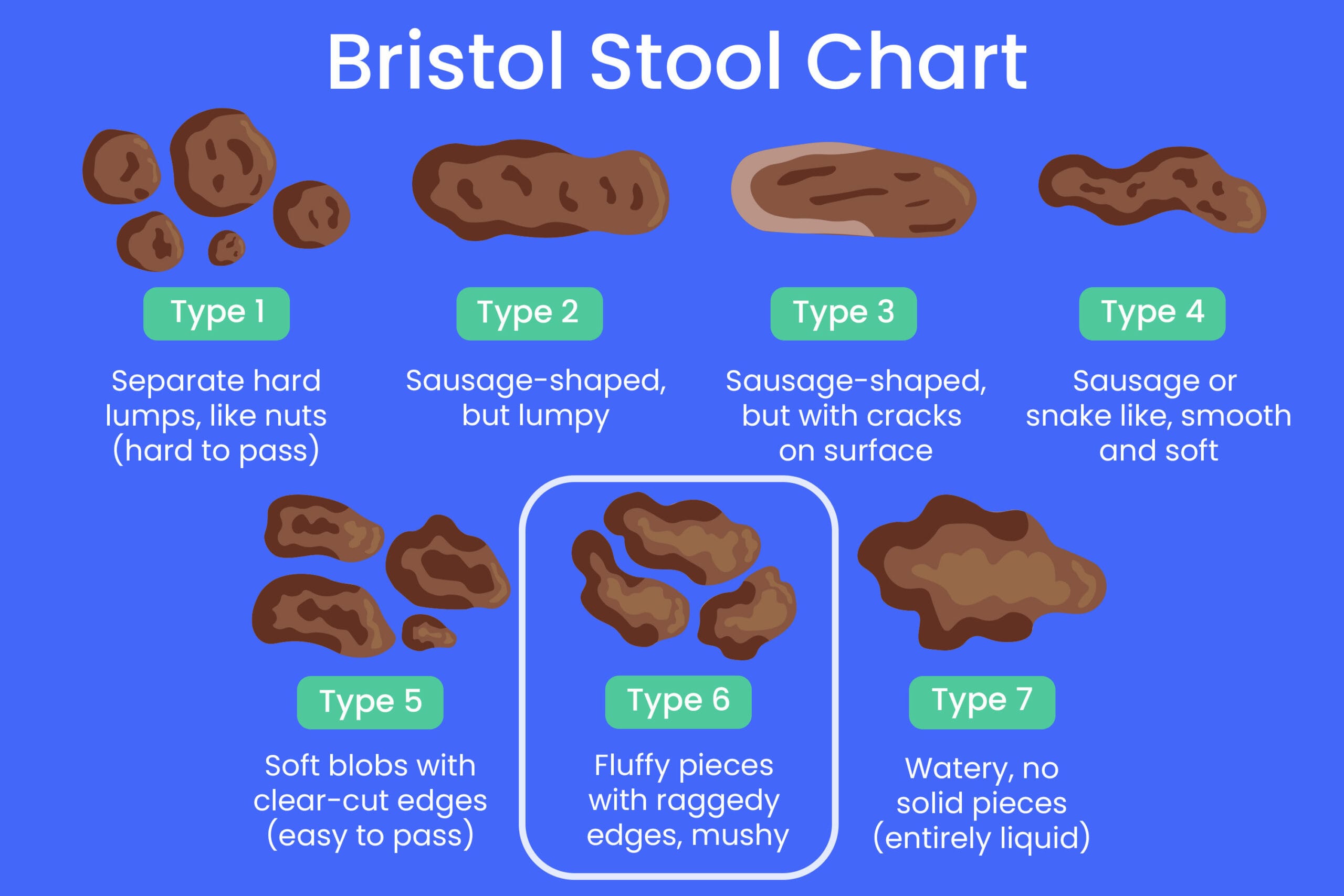Cockroaches, like all living things, produce waste. Understanding cockroach droppings, sometimes called “frass,” is key to identifying an infestation and protecting your health. These remnants aren’t just unsightly; they can pose health risks. This comprehensive guide will explore everything you need to know about cockroach droppings, from their appearance and associated dangers to effective removal and prevention strategies.
What Do Cockroach Droppings Look Like?
Cockroach droppings vary in size and shape depending on the species and the cockroach’s size.
- Small Cockroaches: These leave behind tiny, dark brown or black specks resembling ground pepper or coffee grounds. These can be easily overlooked, particularly on dark surfaces.
- Large Cockroaches: These produce more noticeable droppings – dark brown or black cylindrical pellets, sometimes with ridges, up to 1mm long, resembling small, dark grains of rice.
Where are Cockroach Droppings Found?
Cockroach droppings accumulate where roaches are most active:
- Near Food & Water Sources: Kitchen cabinets, pantries, under sinks, behind appliances.
- Hiding Places: Cracks and crevices, along baseboards.
Finding droppings in these areas strongly suggests a cockroach presence, even if you haven’t seen the insects themselves.
Are Cockroach Droppings Harmful?
Cockroach droppings are more than just an aesthetic issue. They present several health risks:
- Allergens: Droppings contain allergens that can trigger asthma attacks and allergic reactions in sensitive individuals, especially children.
- Pathogens: Droppings can harbor pathogens, including bacteria like Salmonella, which can cause food poisoning if ingested.
- Air Quality: Cockroach frass contributes to poor indoor air quality, especially for those with respiratory conditions.
How to Safely Clean Cockroach Droppings
If you find cockroach droppings, clean them up properly to minimize health risks:
- Protect Yourself: Wear gloves and a mask to avoid direct contact and inhalation of allergens and pathogens.
- Remove Droppings: Vacuum thoroughly with a HEPA filter or sweep with a damp cloth to avoid stirring up particles.
- Disinfect: Disinfect contaminated surfaces with a bleach solution (one part bleach to ten parts water), particularly food preparation areas.
- Dispose: Seal the vacuum bag or swept droppings in a plastic bag and dispose of them immediately in an outdoor trash can.
Preventing Cockroach Droppings: Addressing the Infestation
Cleaning droppings is a temporary fix. Preventing cockroach droppings requires addressing the root infestation:
- Eliminate Food & Water: Clean spills promptly, store food in airtight containers, and fix leaks.
- Reduce Clutter: Declutter your home to eliminate hiding spots.
- Seal Entry Points: Seal cracks and crevices in walls, floors, and around pipes and windows.
- Cockroach Control: Consider baits, traps, insecticides, or professional pest control for severe infestations.
Could It Be Something Else?
Sometimes, what appears to be cockroach droppings might be mouse droppings, dirt, or food particles. If unsure, compare images of different droppings online for accurate identification. Correct identification is crucial for effective treatment.
Ongoing Research and Uncertainties
Scientists are continually studying cockroach behavior and the health impacts of their droppings. Research suggests cockroach allergens might play a role in childhood asthma development. Some experts believe exposure can contribute to other respiratory issues. There’s ongoing debate about the most effective long-term cockroach control strategies, highlighting the need for further research. Current knowledge suggests these preventative measures are the most effective, but the possibility of evolving approaches remains.
Key Points to Remember
- Appearance: Droppings range from specks to pellets, dark brown or black.
- Location: Found near food/water sources and hiding places.
- Health Risks: Allergens, pathogens, poor air quality.
- Cleaning: Gloves, mask, vacuum/sweep, disinfect, dispose.
- Prevention: Eliminate food/water, reduce clutter, seal entry points, pest control.
- Identification: Compare images to differentiate from other pest droppings.
- Ongoing Research: Scientists continue to study health impacts and control strategies.
By understanding cockroach droppings, you can take proactive steps to protect your health and maintain a clean, pest-free home. This knowledge empowers you to address potential infestations effectively and minimize associated health risks. While current research provides valuable insights, remember that our understanding of cockroaches is constantly evolving.
- Crypto Quotes’ Red Flags: Avoid Costly Mistakes - June 30, 2025
- Unlock Inspirational Crypto Quotes: Future Predictions - June 30, 2025
- Famous Bitcoin Quotes: A Deep Dive into Crypto’s History - June 30, 2025

















1 thought on “Do Cockroaches Poop? Identifying Droppings, Dangers, and Removal”
Comments are closed.